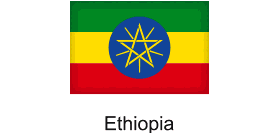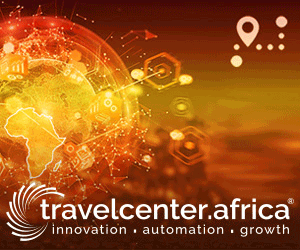 Unlocking Sustainable Tourism Growth Around GERD: Strategies for Long-Term Success in Ethiopia
Unlocking Sustainable Tourism Growth Around GERD: Strategies for Long-Term Success in Ethiopia
The Grand Ethiopian Renaissance Dam (GERD) stands not only as a monumental engineering achievement but also as a beacon of opportunity for Ethiopia’s tourism sector, particularly in the Benishangul-Gumuz Region. To harness GERD’s full potential as a catalyst for sustainable tourism development, a multifaceted approach is essential—one that balances environmental stewardship, community empowerment, infrastructure innovation, and strategic marketing.
Central to sustaining tourism growth around GERD is the need for comprehensive catchment area development and conservation. The Blue Nile Basin’s upstream sub-basins have experienced significant land degradation and increased sedimentation, threatening the dam’s longevity and the ecological health of the region. Addressing these challenges requires coordinated watershed management programs that engage local communities in protecting soil and water resources. Such participatory conservation efforts not only safeguard GERD’s operational lifespan but also preserve the natural landscapes that attract eco-conscious travelers.
Building institutional capacity within the region is equally critical. Establishing a dedicated regional committee focused on sustainable development around GERD can provide a platform for coordinated planning, monitoring, and stakeholder engagement. This body would facilitate collaboration between federal authorities, local governments, community representatives, and private sector actors, ensuring that tourism initiatives align with environmental and social priorities. Empowering local leadership through training and resource support will enhance governance and foster a shared vision for the region’s future.
Public-private partnerships (PPPs) emerge as a powerful mechanism to drive investment in resort areas, hotels, and recreational facilities that meet international standards. By leveraging private sector expertise and capital alongside government support, PPPs can accelerate the development of high-quality tourism infrastructure while distributing risks and benefits equitably. Such partnerships should prioritize sustainability, community inclusion, and cultural authenticity to create compelling visitor experiences that resonate with diverse markets.
Innovation in infrastructure is another pillar of sustainable tourism around GERD. Ethiopia’s pioneering smart infrastructure model at the dam site—featuring integrated fiber-optic networks, gigabit internet, IP telephony, and advanced surveillance—sets a precedent for blending technology with tourism development. Expanding these smart systems to visitor centers, lodges, and transport hubs can enhance safety, connectivity, and service quality. Digital tools such as mobile apps, virtual guides, and real-time environmental monitoring will enrich the visitor experience and support efficient site management.
Security remains a paramount concern for both tourists and local communities. Developing and operating community-based security systems that actively involve residents can foster trust, ensure safety, and promote peaceful coexistence. Such systems complement broader regional security frameworks and contribute to creating an inviting atmosphere for visitors. Integrating local knowledge and participation in security initiatives also strengthens social cohesion and empowers communities as custodians of their heritage and environment.
To maximize tourist inflows, carefully curated visit packages that showcase GERD alongside its surrounding natural and cultural attractions are vital. These packages can extend visitor stays, diversify experiences, and stimulate local economies. Incorporating activities such as boat tours on the reservoir, cultural visits to indigenous communities, wildlife excursions in nearby national parks, and culinary experiences featuring regional specialties will appeal to a broad spectrum of travelers.
Effective marketing and promotion are indispensable for positioning GERD as a must-visit destination. Developing robust websites, digital content, and information packages that highlight GERD’s unique features—its engineering marvel, ecological significance, and cultural richness—will raise awareness among international and domestic audiences. Leveraging social media, virtual tours, and partnerships with travel platforms can amplify reach and engagement, while storytelling that emphasizes GERD’s role in regional peace and development adds a compelling narrative dimension.
Beyond tourism, GERD symbolizes a transformative force for peace and stability in the Horn of Africa. By supplying clean hydroelectric power to Ethiopia and neighboring countries, the dam fosters regional cooperation and economic integration. Promoting GERD as a beacon of progress and unity can enhance Ethiopia’s national image and attract visitors interested in the intersection of development, diplomacy, and sustainability.
Ultimately, the sustained success of tourism around GERD hinges on a holistic strategy that integrates environmental conservation, community participation, innovative infrastructure, strategic partnerships, and compelling promotion. By embracing these elements, Ethiopia can transform GERD from a singular infrastructure project into a vibrant, inclusive tourism hub that drives economic growth, preserves natural and cultural heritage, and strengthens regional ties for decades to come.
